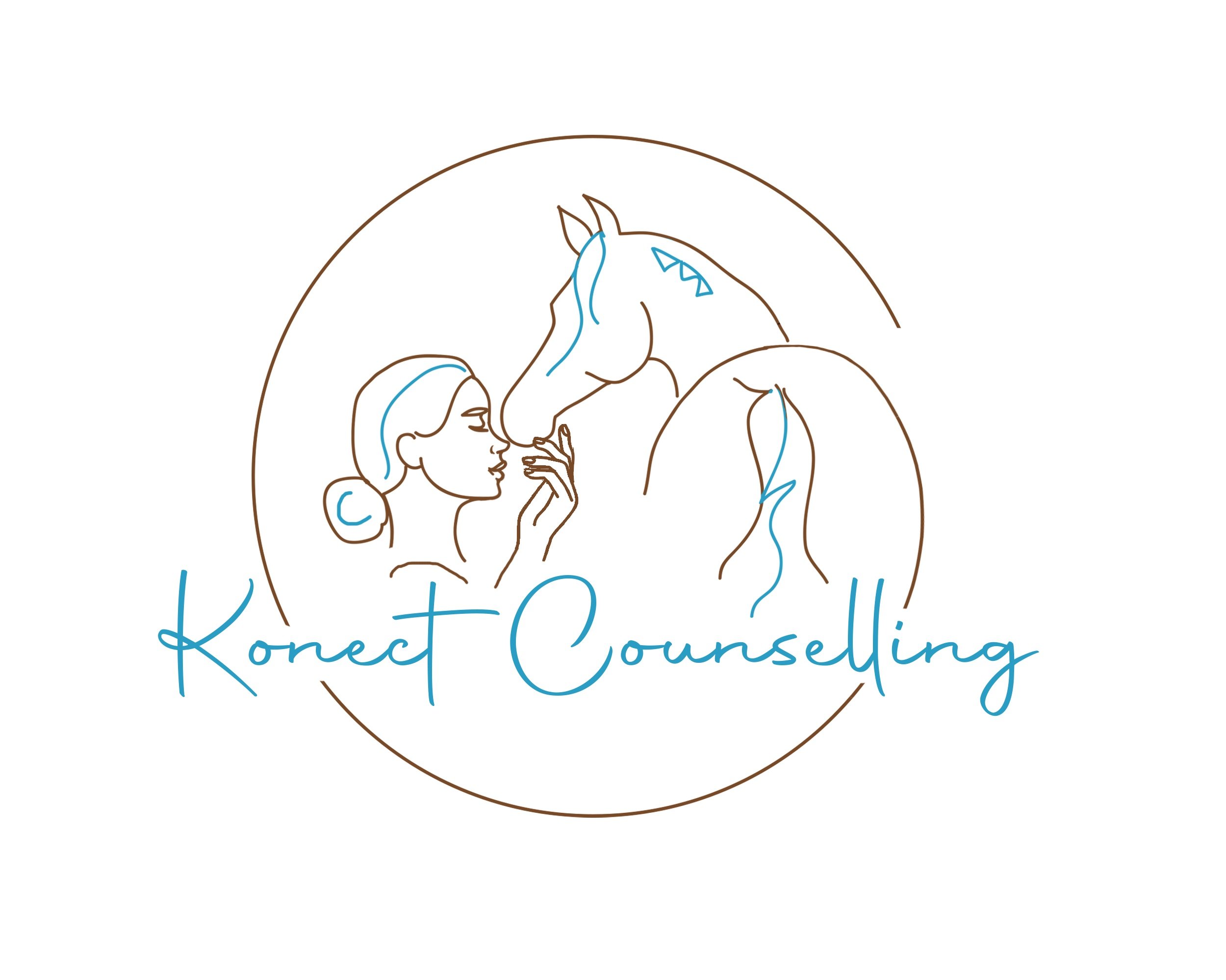Family Wellness - Phases
Phases
Many of you who have had the pleasure of attending sessions in person most likely understand or may be familiar with the concept of phases when communicating with our herd. I often refer to the following phases when we are interacting or making requests of our horses.
Ask
Suggest
Tell
In the horse training world there are many versions of this for example some trainers will use Show, Ask , Tell. See below.
SHOW him how you want him to respond.
ASK him to give you the response you showed him.
TELL him you would like the response.
Another example we can find in the Parelli Natural Horsemanship methods, where there are four phases of friendly firmness. These are phases and or steps to communication , but more specifically they help us understand how to apply them in terms of physical pressure , or with our body actions. Here is how Pat Parelli explains the four phases of applying pressure to the horse . Understanding these can help learn how to give the horse a clear signal of our intention or messages.
Phase 1 – Press the hair (almost like a fly)
Phase 2 – Press the skin
Phase 3 – Press the muscle
Phase 4 – Press the bone
The ideas follow the same philosophy and help us establish a consistent and clear way to communicate or talk to our horses. All of them use a stepped , or ladder type approach where we gradually increase the pressure and or the way in which we ask anything of the horse or indeed our partner , friend or family member.
The way in which we carry out these steps of course is very important and needs to involve not just our words, but our thoughts and actions. The number one thing in communicating with horses is our intention. Which sounds complicated but really its just a fancy word for the space we are coming from.
Now we understand a little about the phases and how they build upwards from gentle methods , to more assertive and clear defined requests, let talk about how it may apply to horses and of course our family interactions.
If we are always demand things as we first begin conversations by using our strongest possible language, and actions we have nothing left . We are starting at the top of the ladder so to speak. Not only do we leave ourselves with no options to keep communicating but we will most likely upset either the horse or person we are trying to communicate with or talk to . Its much nicer to start talking with someone in a friendly manner then it is to just start demanding or pushing them around. Communication is a two way street , not only does it mean we may ask or suggest things , but we must also be willing to listen.
With horses for example if we ask in the gentlest possible way first, our horse will respond to a lighter and lighter touch. Less is more!
Are you demanding when you ask for something? Are you polite ? Do you apply phases when you are communication within the family unit?
Interestingly John Gottman talks about a similar concept in his research and he calls this softening the start up of your conversations. The principle is based around making sure that the person you wish to talk with dosen’t feel attacked and need to defend themselves. This is a much better foundation and space to start those tricky conversations from .
“94% of the time, the way a discussion starts determines the way it will end.”
Phases , why we should use them.
If we always demand things in the strongest possible way , we have no options left if our horse decides to say “no”.





